
Image from our morning at the beach here in Florida. We really like these pictures that do not include the sun. Just the clouds and the ocean. Have a great day!
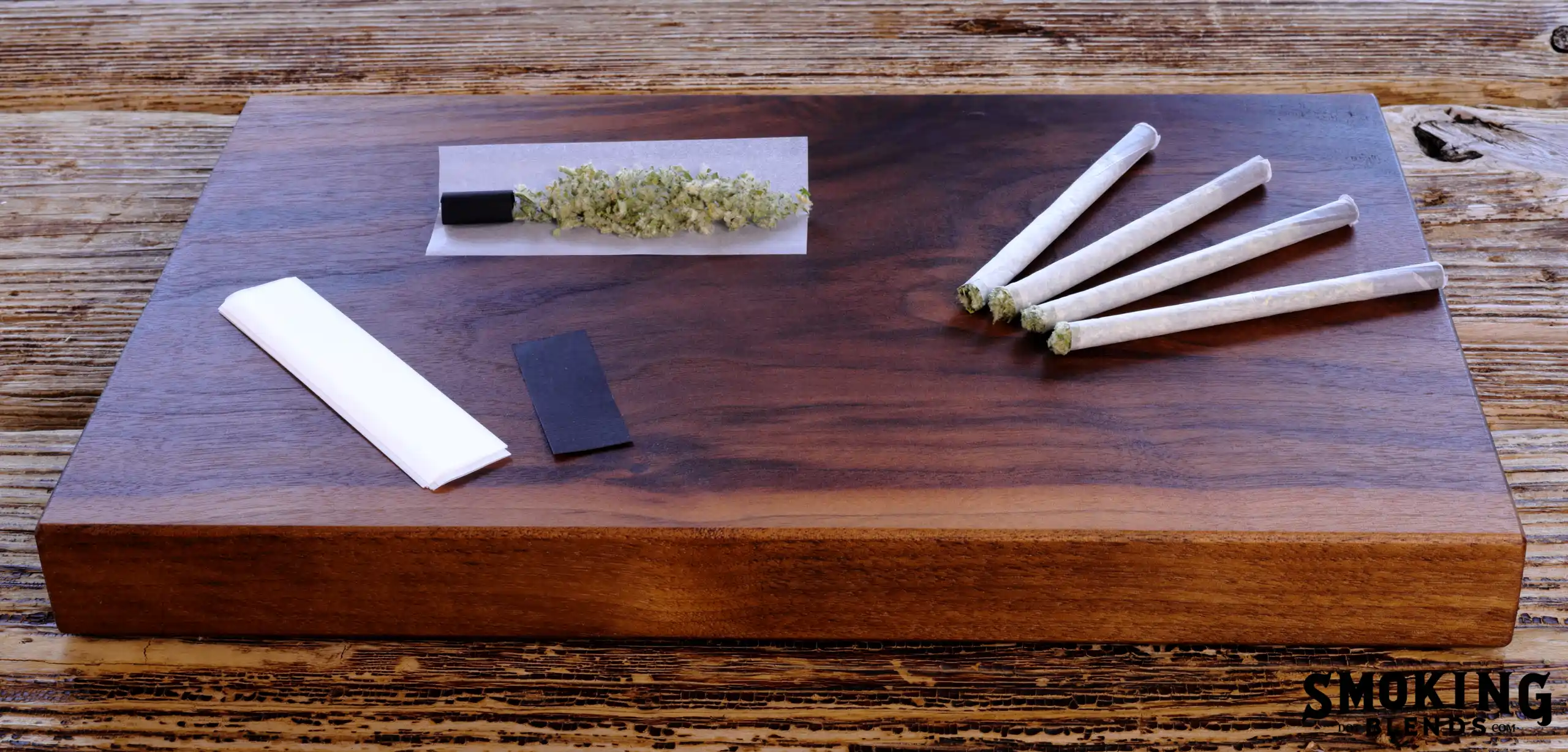
Introduction to Smoking Herbs: Smoking herbs offer a variety of benefits, from relaxation to assisting with clearing the lungs, as well as many traditional uses. From mood enhancement with Damiana to support for respiratory health with Mullein, these herbs have been used across cultures for centuries.
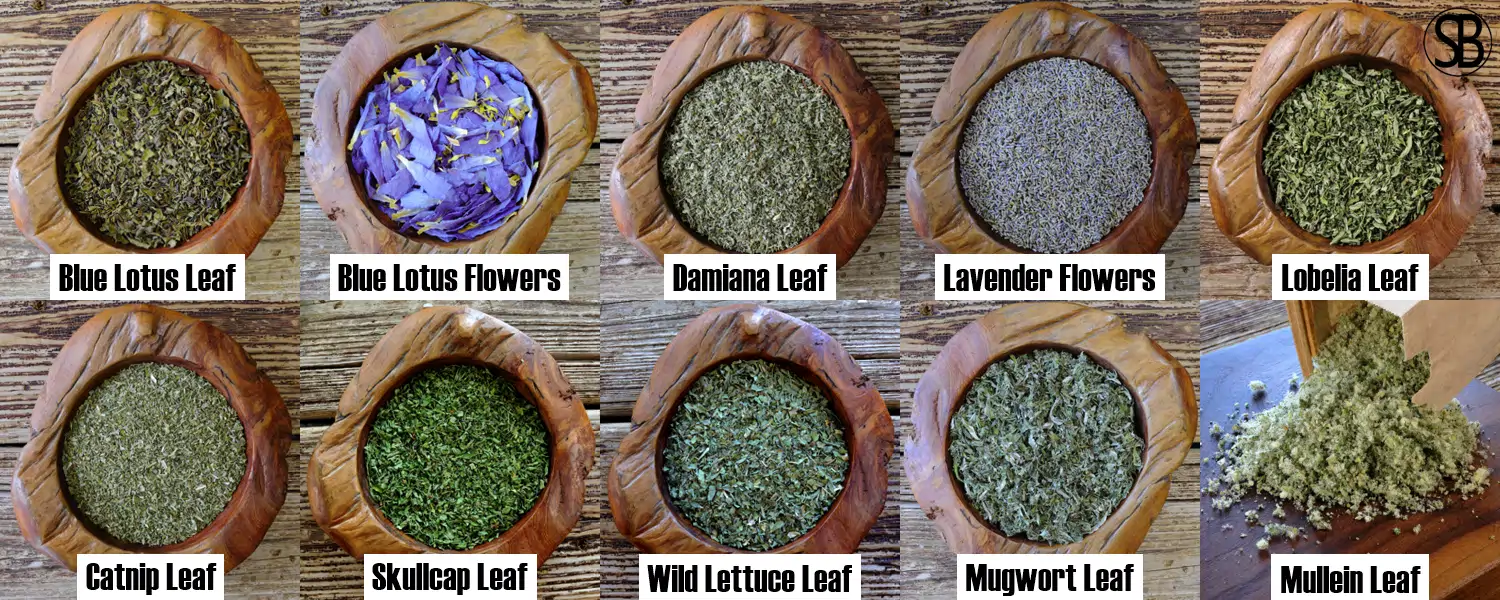
The smoking of herbs has a long history, they have been used in holistic health practices, spirituality, and traditional rituals for thousands of years.
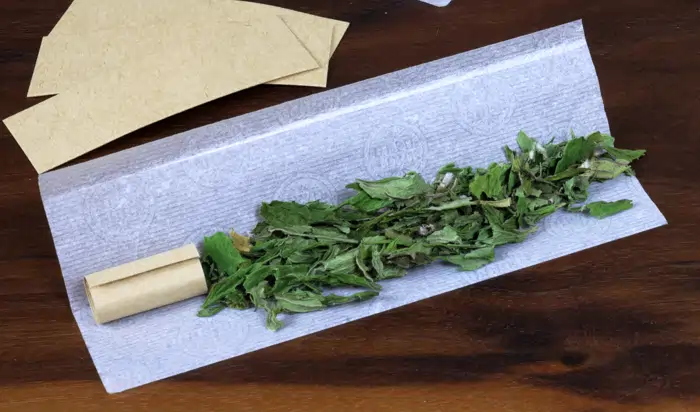
Some of the smoothest herbs to smoke are; blue lotus flowers, wild lettuce and skullcap. Herbs like lavender can add flavor and smooth out even some of the harshest herbs. In many cases, it is personal preference that determines someone’s favorite herb or flower to smoke or blend with other herbs.
However, how herbs are grown, harvested, dried, and stored can greatly affect their flavor. Poor practices can turn even the best-tasting herbs harsh and unpleasant to smoke. Proper cultivation ensures potency, while careful harvesting and gentle drying methods preserve the essential oils that contribute to taste. Storing herbs in airtight containers away from light and heat helps maintain quality and flavor.
The herbs on our list are safe and 100% legal in the US, and most other countries. However, misinformation and misuse can lead to even the safest herbs being regulated:
Check local laws, as they can vary widely, and be mindful of how the herbs are presented and used in your community to avoid contributing to potential regulatory changes.
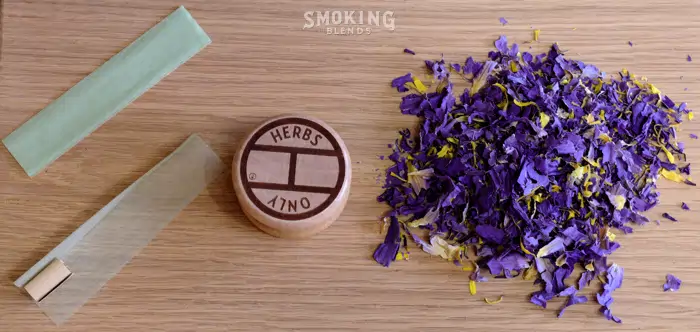
Skullcap, Lavender, Damiana and Blue Lotus are top picks for easing stress or anxiety. However, it is recommended that someone try a variety of herbs to find the one that best suits them and their individual needs.
How often you smoke herbs matters for your health:
One good thing about smoking herbs is they’re not addictive like tobacco, which can help reduce smoking habits and the intake of harmful substances, improving health over time.
The healthiest way to use these herbs is occasionally or via other methods:
If you choose to smoke herbs, do it sparingly, be aware of the health impact, and find other ways to enjoy herbs.
Smoking herbs is more than just an action; for some, it is about connecting with nature for health or spiritual reasons.
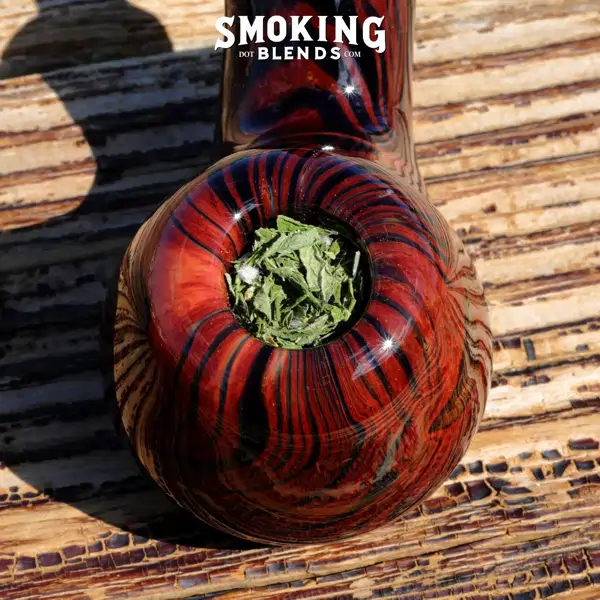
This allows you to control the burn and enjoy the flavors better. Take some time to learn the best way to smoke; each individual herb will burn and taste differently in a pipe. They will also burn differently in different types of smoking pipes. Inhale slowly to fully take in the taste and flavor of the smoke.
Additional Safety Considerations:
Smoking herbs can be relaxing and connect us to nature and tradition. They offer a non-active option for people struggling with habitual smoking and its negative health effects. Always think about your health first. If you’re pregnant, have health issues, or take medication, talk to a doctor before smoking anything.
More scientific research and study is needed to fully verify the effectiveness of any medicinal claims attributed to these herbs. Please also keep in mind that habitual smoking has been shown to be hazardous to your health.

Although Nymphaea Caerulea is commonly referred to as a blue lotus, it is actually a waterlily.
The Blue Lotus (Nymphaea caerulea) is actually a water lily native to Egypt, where it was used in art, religious rituals, herbal medicine, perfumes and teas.
The Blue Lotus (Nymphaea caerulea) has ancient origins rooted primarily in Egyptian civilization, where it was revered for its symbolic and medicinal properties. Depicted in tomb paintings, temple carvings, and hieroglyphs, the flower was often offered to the gods and associated with the sun god Ra and Osiris, as it symbolized rebirth and regeneration due to it’s daily blooming cycle. The people believed it induced relaxation and heightened spiritual awareness. Over time, the blue lotus influenced many cultures’ art, medicine, and religious practices. In Buddhism, the lotus symbolizes spiritual enlightenment, purity, and the ability to rise above suffering. It is associated with divine beauty, creation, and prosperity, symbolizing the soul’s journey toward spiritual awakening in Hinduism. Ancient scriptures like the Rigveda celebrate the lotus.
Nymphaea Caerulea flowers have vibrant blue or bluish-white petals, a sweet fragrance and grow to be between four and six inches in diameter. The large water-repellent leaves or lily pads can grow up to 16 inches in diameter. They are green on top and purple on the bottom, and they float on the surface of the water.
Thriving in warm, sunlit conditions, the blue lotus flourishes in shallow waters, requiring regular pruning and harvesting to maintain its beauty and health.
The blue lotus is experiencing a renaissance, being celebrated in art, admired for its fragrance, and researched for its potential medicinal qualities.
Herbal Medicine
As a natural remedy, the blue lotus is sought after for its ability to possibly alleviate stress, anxiety, enrich sexual health and increase libido, and promote a sense of well-being.
More scientific study and research is needed.
Fragrance and Aromatherapy
The soothing aroma of blue lotus makes it a favorite in aromatherapy, lending its fragrance to candles, oils, and perfumes.
Skin Care
Packed with antioxidants, blue lotus is a boon for skincare, offering hydrating and soothing effects for a variety of skin conditions.
Teas and Infusions
Blue lotus tea is widely used as a calming bedtime beverage. In many cultures, it is also considered a health drink.
Smoking
The dried petals and stamens of the flowers and leaves of the blue lotus are smoked or vaporized for relaxation.
Ceremonial Use
Still significant in spiritual practices, including smudging, the blue lotus symbolizes a deep ceremonial reverence for nature and the divine.
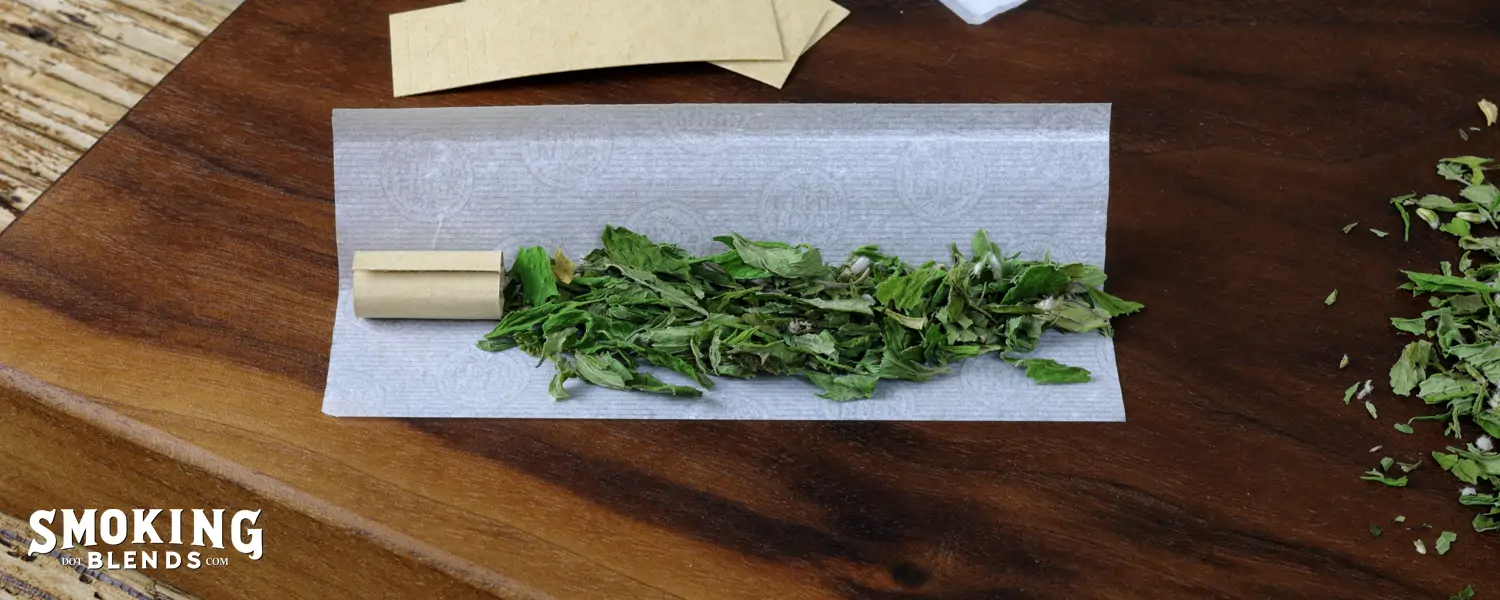
A simple and natural program that may help someone stop smoking tobacco habitually.
It only requires loose rolling tobacco (someone could gather this from their favorite brand of cigarettes), rolling papers, a cigarette rolling machine, lavender flowers, honeyweed leaf and lobelia leaf. Menthol smokers or some non-menthol smokers may also want to mix in some field mint leaf, as it has the strongest concentration of menthol among herbs in the mint family.
If you have never rolled your own cigarettes, don’t worry. You will get the hang of it quickly, or you may use cones if you are uncomfortable rolling them.
The purpose of this program is to assist someone in weaning off of tobacco and help minimize the eventual withdrawal symptoms.
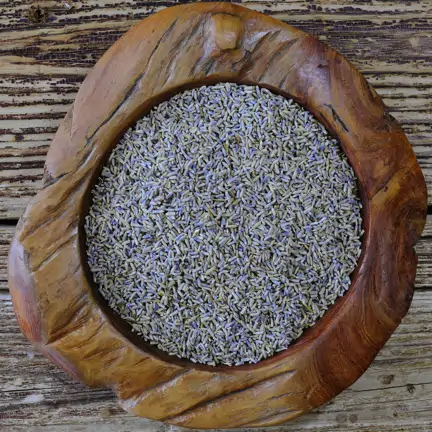
The first part of the program will help the smoker become less familiar with the taste and flavor of smoking tobacco.
Start blending a small amount of lavender petals into your rolling tobacco. Lavender flowers are potent, so it requires very little to start with. As you become used to the flavor of lavender, start adding a little more. If lavender does not suit you, cornflowers can be used.
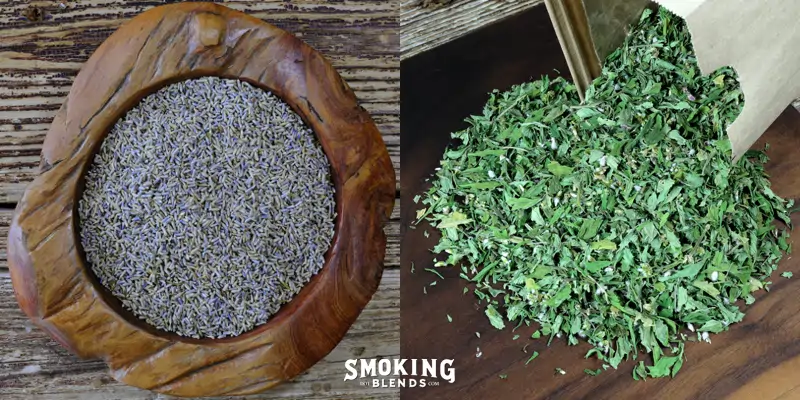
Once you become accustomed to smoking the lavender-flavored tobacco, you can start adding in a small amount of honeyweed leaf. Honeyweed is a stimulant that may also aid in relaxation and has been used to help with symptoms of withdrawal. If honeyweed does not suit you, damiana may be used.
As you become more accustomed to smoking the mixture of tobacco, honeyweed and lavender, start adding in a higher percentage of honeyweed leaf.
There is no need to rush any of these steps, this is your program, and you control how fast or slowly it advances.
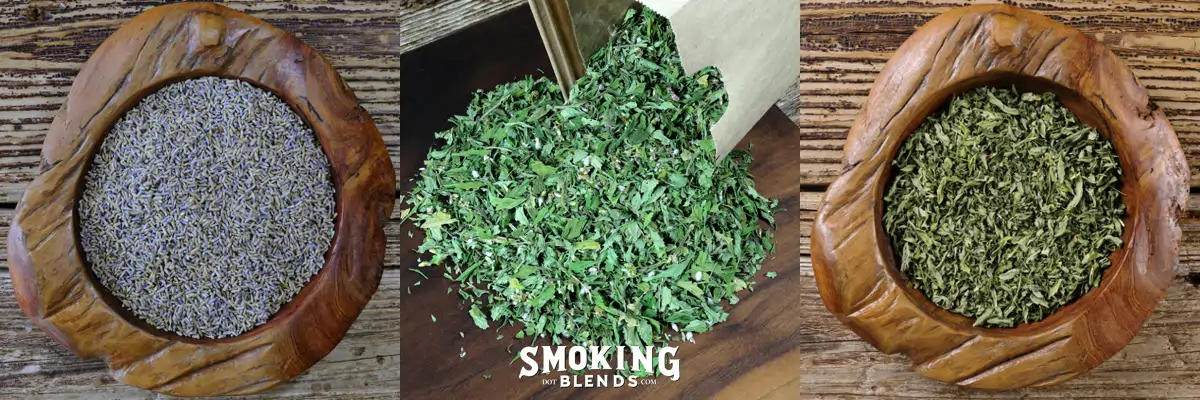
Start adding a very small amount of lobelia leaf. Lobelia leaf contains lobeline which shares many characteristics with nicotine and has been shown to help with withdrawal symptoms from long-term habitual smoking. You must only add a very small amount because it can also dampen the effects of nicotine, which may increase your cravings for it.
Continue to reduce the percentage of tobacco and increase the amount of honeyweed leaf.
When you feel ready, create a mixture of honeyweed leaf, lobelia leaf and a small amount of lavender petals. Slowly add in more lobelia leaf as you go forward.
If you are able to avoid smoking for intervals of a couple of hours, and you are feeling heavy cravings for tobacco, you can use a Step Three Mixture when things get bad. Adding a higher percentage of lobelia leaf to your non-tobacco mixture may also help. However, at this point, the goal is to completely quit smoking tobacco and not slip backwards. Most importantly, do not give up!
This is a simple program, in many cases, simplicity works best. The herbs in this program have no addictive qualities, so they will not aid in your dependency. You may choose to research and experiment with other herbs during the program or after to have something to smoke when you have a craving. Years of smoking can become habit-forming in more ways than one. It can also become a routine, having something you can go to that is not habit-forming can help fill that void.
There are many testimonials online from people who claim to have been able to wean themselves off tobacco with the help of natural herbs.
You can rid yourself of tobacco addiction, and you will if you keep trying!
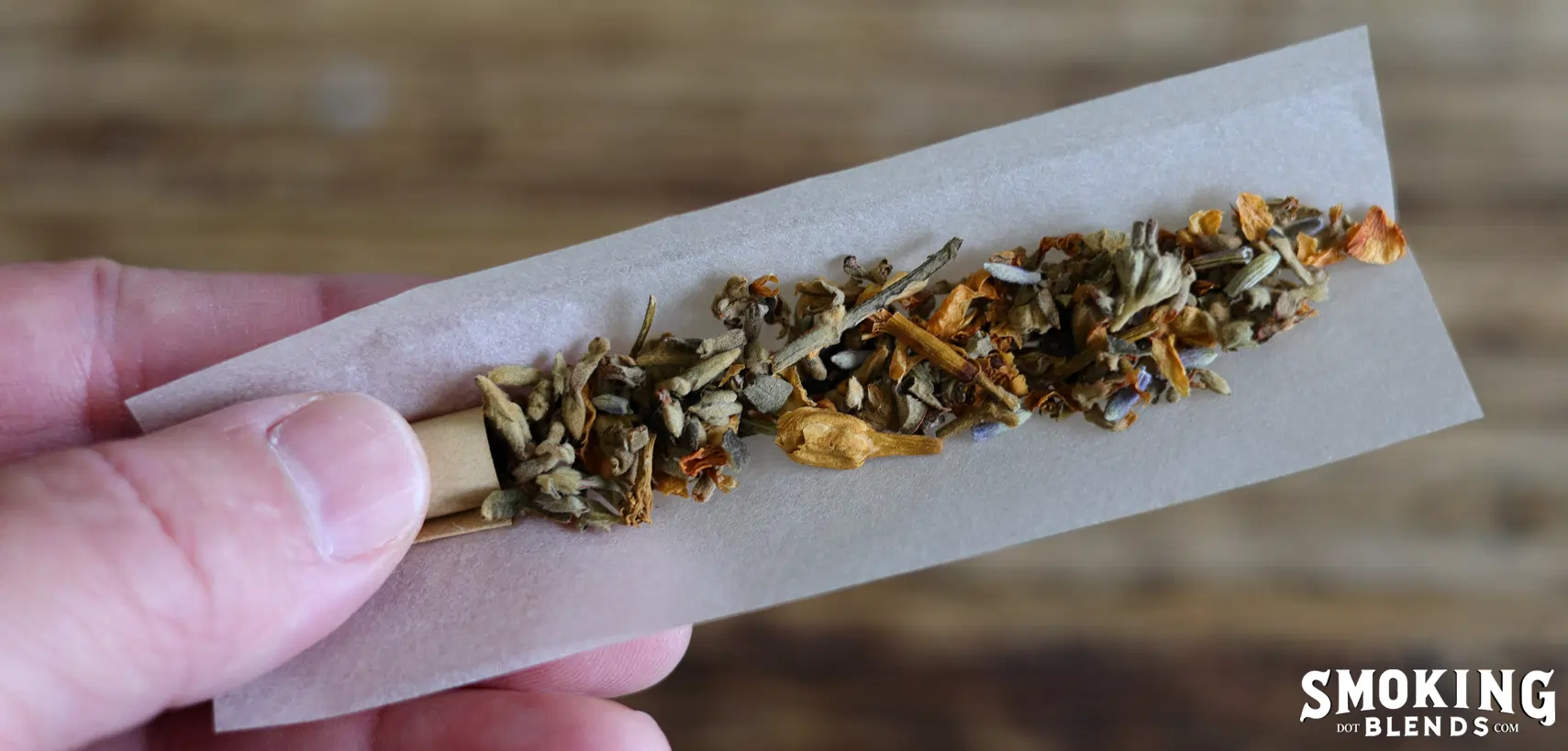
In doing research for this article, I discovered what I felt to be some interesting and widely disseminated misconceptions. The term “tobacco alternative” is most often used to describe another option to smoking or chewing tobacco. Yet, it is often assumed that it is describing a substitute for nicotine. Wouldn’t that be a “nicotine alternative”? For example, simply using the term “tobacco alternative” can be a violation of some search engines’ shopping category policies. When doing a search under the term “tobacco alternatives,” in the first 25 results, I found only one result that was a tobacco-free smoking or tea blend. The rest of the results led to information about tobacco, nicotine alternatives, or chewing tobacco alternatives. I found it odd because there are so many non-addictive natural herbal alternatives to smoking tobacco. Let’s talk a little bit about tobacco. Unburned tobacco leaf has been shown to contain 37 compounds classified as carcinogens. Tobacco smoke contains up to 80 compounds classified as carcinogens (1). Did you know that around 90 percent of people with oral cancer use tobacco, and 40% of all cancers diagnosed in the US can be linked to tobacco (2)? Smoking cigarettes can be linked to over 80% of lung cancer deaths. Not to mention, tobacco is much more addictive than almost any commonly used herb. Tobacco is widely used, but so are many other herbs. More people use other herbs for herbal tea, remedies and food dishes than use tobacco, and almost none have been cited as having the health risks associated with tobacco. There are some herbs that can be dangerous, but they are rarely used in herbal products or food and should never be. Smoking a hookah is said to be just as bad as smoking cigarettes because more smoke is inhaled. So wouldn’t smoking non-addictive herbs be less harmful than tobacco because someone would potentially smoke less? Putting herbs that can be smoked or chewed as an alternative to tobacco in the same category as tobacco has little basis in fact. Most are far less addictive and have nowhere near the potential negative side effects of tobacco. Some herbs can have side effects, exacerbate current medical conditions, or interfere with medications. Please fully research any herbs you plan on consuming.
Many herbs can be chewed and smoked, tobacco is not the only option. Here is a list of some popular herbs that have a history of being used as alternatives to tobacco.
Botanical Name: Tussilago Farfara
Plant Family: Asteraceae
Also Called: British Tobacco, Tash Plant, Ass’s Foot, Bull’s Foot, Coughwort, Farfara, Foal’s Foot, Foalswort and Horse Foot.
This is a great place to start. Not only has coltsfoot (British Tobacco) been used as a smoking herb for hundreds of years, but it is also used to reduce congestion from cold and flu symptoms. Coltsfoot is a slightly harsh smoke but has a pleasant, clean aftertaste, slightly resembling menthol.
However, like tobacco, coltsfoot has been shown to contain chemicals that can cause health issues, like pyrrolizidine alkaloids that can negatively affect the liver and may cause birth defects. The flowers are used in Chinese Medicine with clear warnings regarding use during pregnancy or for people who are on medications, drink alcohol or have liver problems.
Because of these concerns, many herbal practitioners recommend other options like Garlic (Allium Sativum), Slippery Elm (Ulmus Rubra), Thyme (Thymus Vulgaris) or Elderberry (Sambucus Nigra) to assist with congestion and other cold and flu symptoms (1).
It should be noted that there is not enough clinical evidence at this time to determine the potential side effects of inhaling coltsfoot.
Botanical Name: Verbascum Thapsus
Plant Family: Scrophulariaceae
Also Called: Lungwort, Hedge Taper, Candlewick, Feltwort, Hare’s-Beard, Torches, Blanketleaf, Jacob’s, Jupiter’s, or Peter’s Staff, velvetplant, Old Man’s Flannel and Miner’s Candle.
Mullein (Lungwort) has been used for hundreds of years and has been shown to be quite safe. Most negative side effects from mullein are allergic reactions to the plant. It is mainly used to relieve inflammation and congestion from cold and flu symptoms. Mullein leaves and flowers are also commonly smoked and used as tea.
When smoked, Mullein can be slightly harsh and does not have a great flavor, but it is not all that bad either. Many people do find it a relaxing smoke. The leaves of mullein are very fluffy and have fluffy little hairs on them that cause them to stick together, making it challenging to mix with other herbs.
Botanical name: Lobelia Inflata
Plant family: Campanulaceae
Also called: Indian Tobacco, Eyebright, Asthma Weed, Bladderpod, Puke Weed, Gagroot and Vomitroot.
Lobelia is a famous and widely used smoking herb also known as Indian tobacco that contains the active compound Lobeline. Lobeline and nicotine both agonistically activate nicotinic acetylcholine receptors. Meaning that in low doses they act as a stimulant, and in high doses they act as a depressant (1).
Both lobeline and tobacco will also induce vomiting if taken in larger doses.
Strangely, lobeline does not share the addictive qualities of nicotine. Lobelia is not a habit-forming herb like tobacco and is currently used in products that ease the symptoms of nicotine withdrawal.
It is believed that lobelia may lessen the effects of nicotine when smoked with tobacco, so mixing them may not be recommended.
Lobelia would best be used as an alternative to smoking tobacco after someone has stopped smoking it and is dealing with withdrawal symptoms.
When smoked, lobelia leaf is mildly harsh and of average flavor, and it is often used in tobacco-free smoking mixtures.
Pregnant and breastfeeding women, people with high blood pressure, heart disease, liver disease, kidney disease, tobacco sensitivity, paralysis, seizure disorder, shortness of breath, and those recovering from shock should not take lobelia (2).
Botanical name: Artemisia Vulgaris
Plant family: Asteraceae
Also called: Sailor’s Tobacco, Mother of Herbs, Felon Herb, Sweet Wormwood and St. John’s plant.
Mugwort is called sailor’s tobacco because it was smoked by sailors in lieu of tobacco on long voyages. As documented in The Flora Altaica, 1829–33.
Mugwort is both a nervine sedative and a nervine stimulant, meaning it is said to calm the nerves while increasing energy . I often have mugwort tea, and it seems to wake me up while also making me feel a bit more at ease.
When smoked, mugwort has a strong flavor but is not harsh. Because of its fluffy consistency, it is best suited for a pipe or dry herb vaporizer. This also makes it difficult to blend with other herbs. It is a slightly bitter tea.
Thank you for reading my post! This is a work in progress please check back for updates!